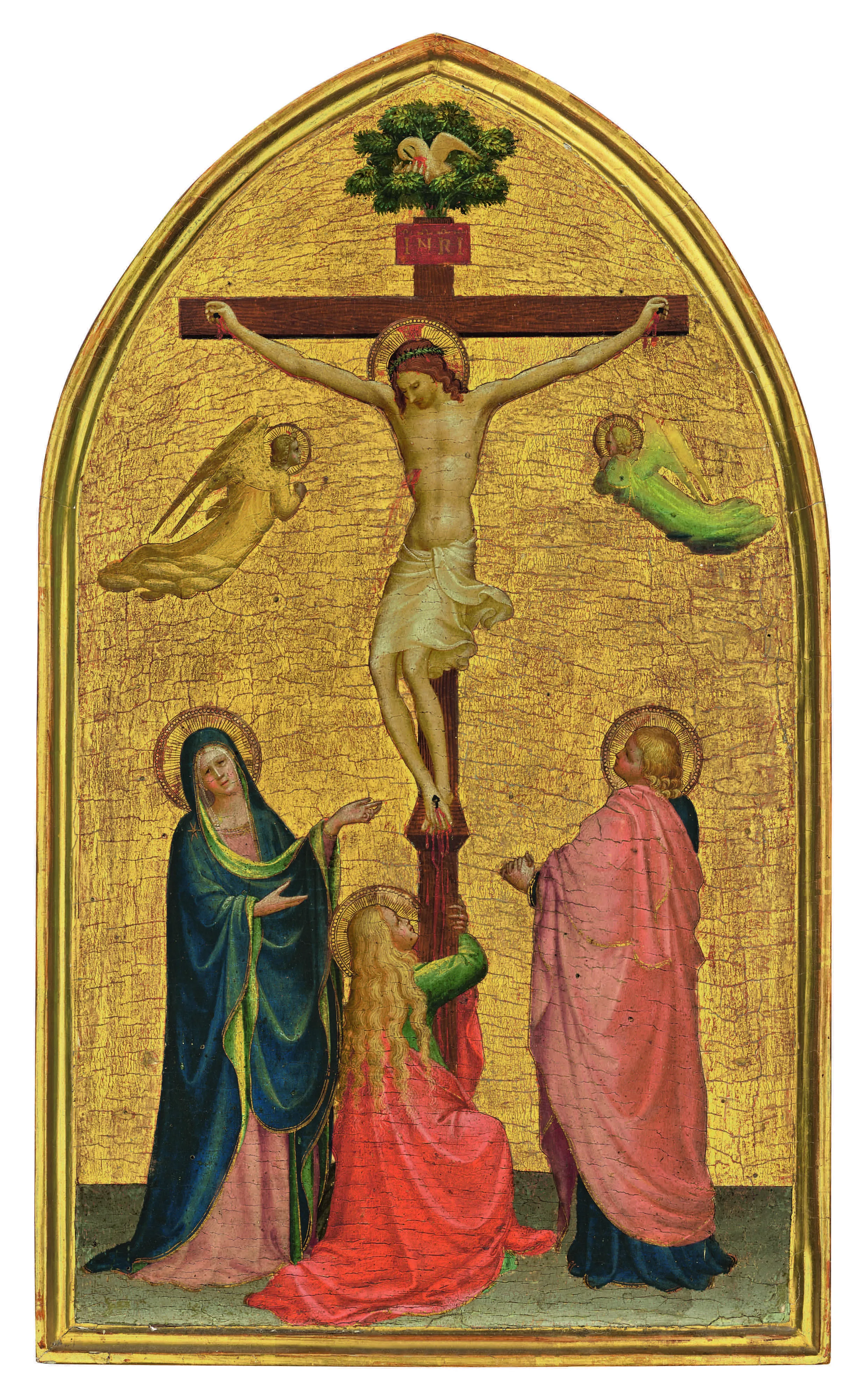 Bernini’s baldacchino at the papal Mass on Jan. 1, 2024. / Credit: Vatican Media
Bernini’s baldacchino at the papal Mass on Jan. 1, 2024. / Credit: Vatican Media
Rome Newsroom, Jan 11, 2024 / 13:15 pm (CNA).
The Vatican announced on Thursday that the soaring baldacchino over the main altar of St. Peter’s Basilica designed by Gian Lorenzo Bernini 400 years ago will undergo a major restoration.
The ambitious restoration and conservation project, expected to be completed just before the start of the Catholic Church’s jubilee year in December, will require scaffolding to be set up around the canopy of the basilica’s main altar for nearly a year.
Cardinal Mauro Gambetti, the archpriest of St. Peter’s Basilica, has assured that papal liturgies will still be able to take place in the basilica amid the restoration work.
The 700,000 euro (about $768,000) restoration is being funded by the Knights of Columbus and will be carried out by the Vatican Museums’ expert art restorers.
Patrick Kelly, the head of the Knights of Columbus, was present in Rome for a press conference on Jan. 11 to announce the restoration in the basilica, calling the project “one of the greatest restorations” of the many that the Knights have funded at the Vatican in the past 40 years.
“It’s Bernini’s baldacchino … It’s a singular masterpiece of sacred art — one which is instantly recognizable and impressive,” Kelly said.
“But, if that weren’t enough, this project also fits very well with our mission and with our history of service to the Church, and especially, the successors of St. Peter.”
Pope Urban VIII commissioned Bernini in 1624 to design and build the enormous canopy over the Papal Altar of the Confession, located directly over the tomb of St. Peter the Apostle.
With its twisted bronze columns, the baldacchino stretches 92 feet high. Intricately decorated with gilded Baroque angels, cherubs, bees, and laurel branches, the canopy took Bernini nine years to create with considerable help from his architectural rival, Francesco Borromini.
The pope directed Bernini to dismantle and melt down bronze beams from Rome’s ancient Pantheon to help create the massive baldacchino, which in total weighs nearly 70 tons. The canopy was finally revealed to the public in 1633.
After visiting St. Peter’s Basilica in 1873, novelist Henry James described his encounter with the baldacchino: “You have only to stroll and stroll and gaze and gaze; to watch the glorious altar-canopy lift its bronze architecture, its colossal embroidered contortions, like a temple within a temple, and feel yourself, at the bottom of the abysmal shaft of the dome dwindle to a crawling dot.”
At the Vatican press conference, Pietro Zander, the head of the artistic and archeological patrimony of the basilica, explained that a preliminary investigation found that the baldacchino had a “degraded state of conservation” and that its entire surface is covered “with a dark coating,” which requires significant cleaning.
“The deterioration issues … are in part to the many visitors and pilgrims who flock to St. Peter’s Basilica every day, changing its microclimate by their presence,” Zander said.
“The basilica welcomes up to 50,000 people every day,” he said. “Considerable microclimatic variations during the day and strong changes in temperature and humidity between day and night interact with the canopy, causing alterations and corrosion of the metal; oxidation of the iron supports and reinforcements; and expansion of the wooden parts with consequent lifting and detachment of layers on its surface.”
Zander indicated that further study of the “microclimate of the basilica” will also help to form a conservation plan for all of the artistic works in the basilica.
The restoration work will begin on Feb. 12, one day after Pope Francis is scheduled to preside over the canonization of Argentina’s first saint in a Mass in St. Peter’s Basilica.
Alberto Capitanucci, who leads the technical team of “Fabric of St. Peter,” the office responsible for the conservation and maintenance of St. Peter’s Basilica, expects that it will take about four weeks to put up the scaffolding, which will enable a team of 10-12 experts to work each day on the restoration of the baldacchino.
The restoration in the basilica is one of many construction and restoration projects taking place across the city of Rome to prepare for the Church’s 2025 Jubilee Year.
Rome mayor Roberto Gualtieri has said that the Eternal City will become “an open-air construction site” in 2024 with 1,400 building projects planned in the city ahead of the jubilee, according to Italy’s Rai News.
Construction is already underway to create a new pedestrian-only wide walkway from Castel Sant’Angelo to the road leading to St. Peter’s Square, the via della Conciliazione, with a tunnel for cars underneath, a project expected to cost about $77 million.
The jubilee year will officially begin with the pope opening the Holy Door of St. Peter’s Basilica in December 2024.
[…]






